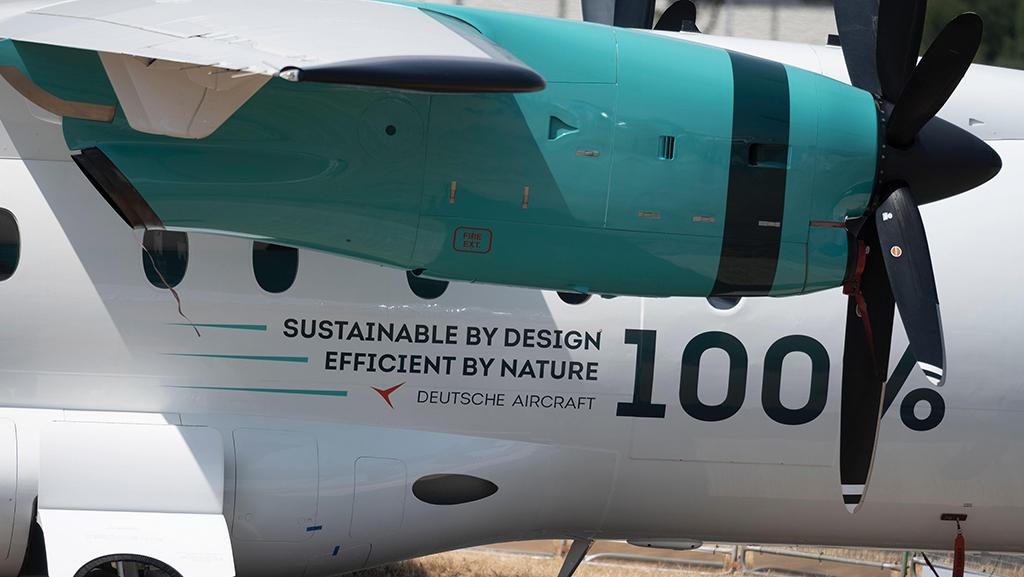Opinion: Why Harmonization Is Key To Decarbonizing Aviation

Credit: Malcolm Park/Alamy Stock Photo
Charles Darwin famously devised his theory of evolution on the Galapagos Islands, observing that finches on different islands had developed variations across beak shape, size and diet. They had adapted to thrive in their different surroundings. By contrast, after nearly a century of responding to...
Subscription Required
This content requires a subscription to one of the Aviation Week Intelligence Network (AWIN) bundles.
Schedule a demo today to find out how you can access this content and similar content related to your area of the global aviation industry.
Already an AWIN subscriber? Login
Did you know? Aviation Week has won top honors multiple times in the Jesse H. Neal National Business Journalism Awards, the business-to-business media equivalent of the Pulitzer Prizes.